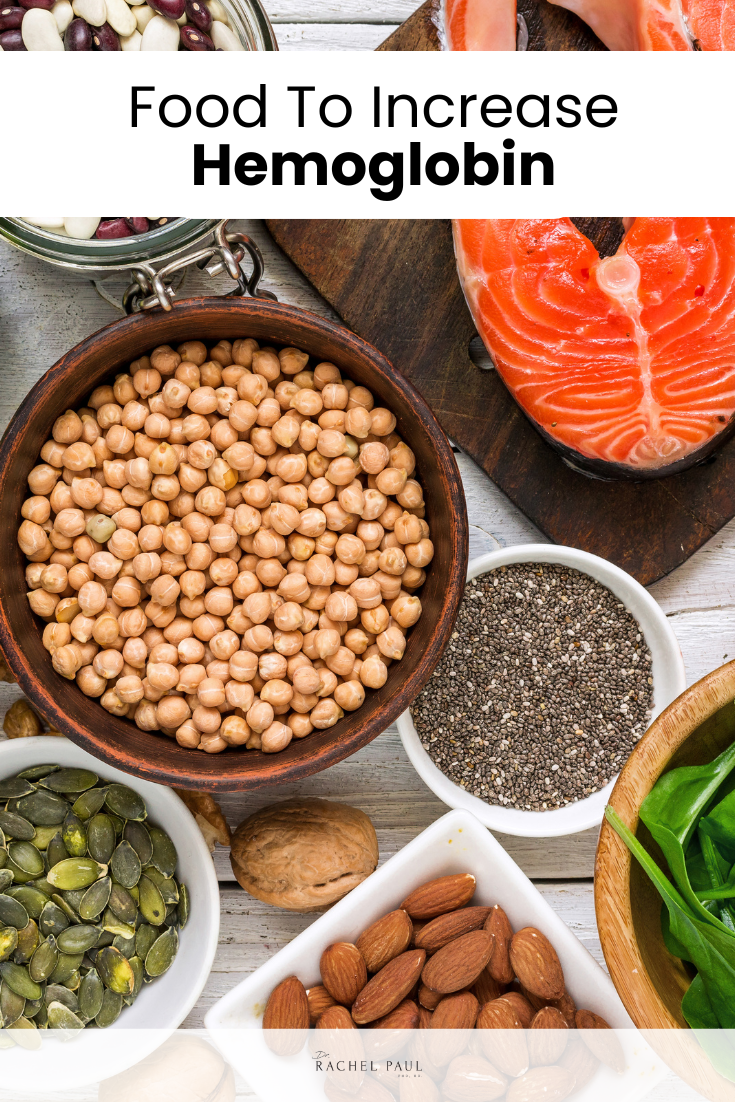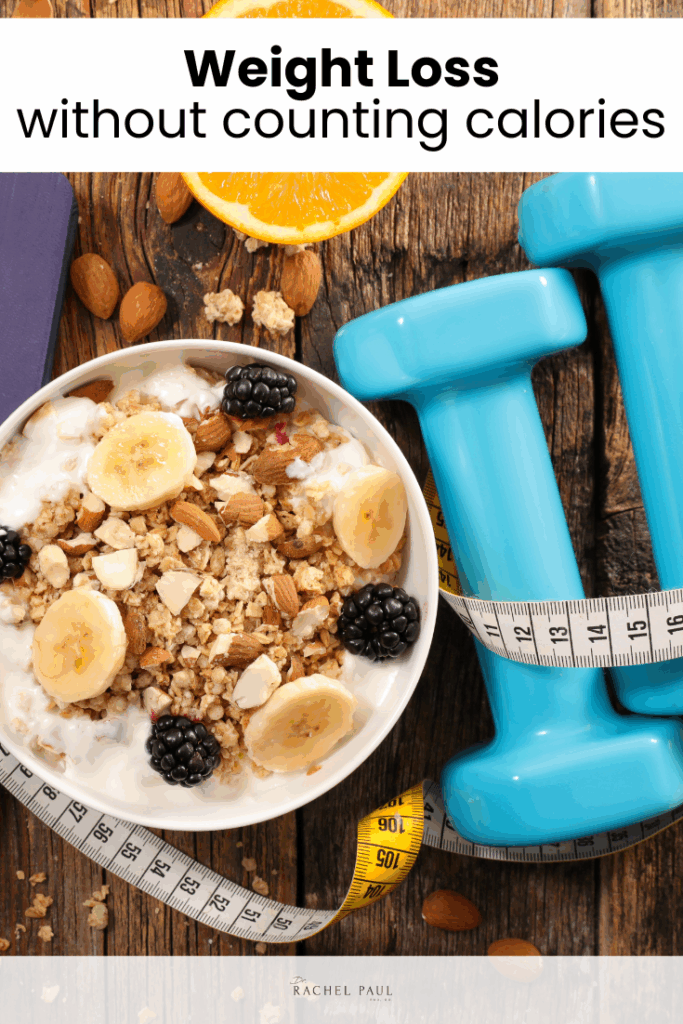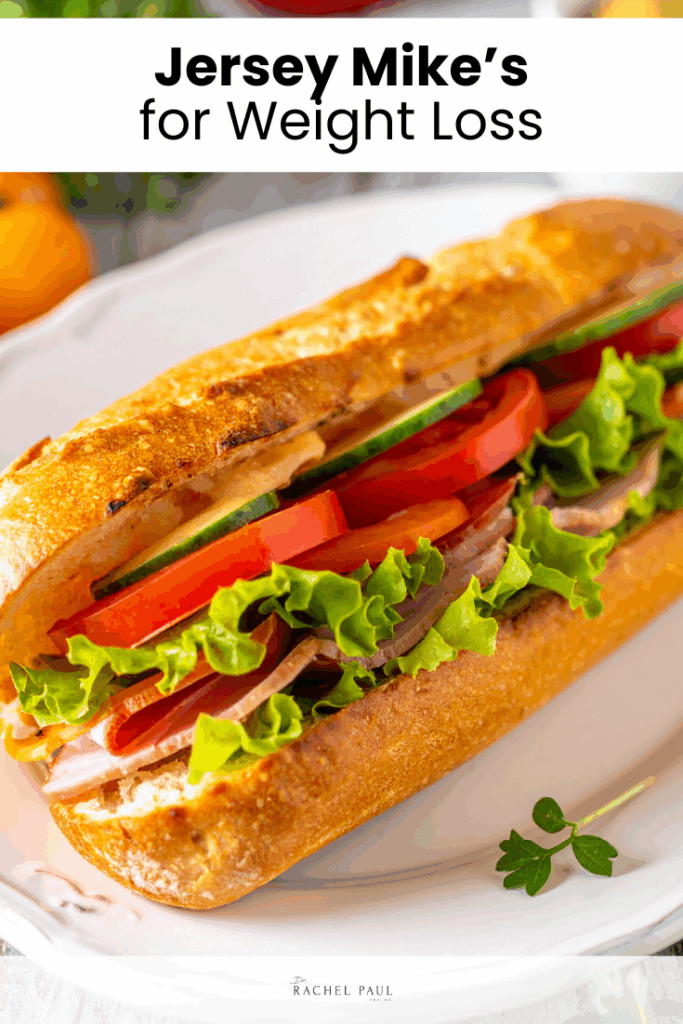We all want to live healthy lives. Good nutrition and eating the right foods can have so many health benefits. It can help us feel like our best selves, help our bodies function optimally, fuel us with proper energy, and help us to lower the risk for certain diseases and health conditions.
Each type of food contains different vitamins and nutrients our bodies need and uses to function properly. Some conditions like anemia are often the result of certain nutrient deficiencies in the body that result in low hemoglobin levels. Today, I’m going to talk about food options that can help increase hemoglobin levels effectively and can help improve our health overall.
Food To Increase The Hemoglobin
So you probably want to know what a hemoglobin is and why we’re talking about all of this today. Learning about hemoglobin can help you increase your consumption of certain foods, which may help you see improvements to your health.
What Is Hemoglobin
Before we get started in listing the types of foods that can increase the hemoglobin levels, you’re probably wondering what is a hemoglobin to begin with? Well, hemoglobin is the iron-protein found in red blood cells whose job is carrying oxygen from the lungs throughout the body to the tissue and organs for energy production. It also transports carbon dioxide (waste product) back to the lungs when we exhale.
Low hemoglobin is usually a sign of anemia, and on the contrary, high hemoglobin levels creates a condition known as polycythemia, which increases the risk of blood clots. Maintaining a balanced diet is key to having healthy hemoglobin levels in your body.
If you’re unsure of your hemoglobin levels, you can consult with a healthcare professional to check your iron levels and get a complete blood count (CBC) test done to find answers.
What Causes Low Hemoglobin
- Nutritional deficiencies (Iron deficiency, Folate deficiency, Vitamin B12 deficiency)
- Genetics (sickle cell, thalassemia)
- Blood loss (heavy menstruation, gastrointestinal bleeding, surgery, etc.)
- Chronic diseases (kidney disease, cancer, inflammatory conditions)
What Can Happen If Hemoglobin Is Low
If the hemoglobin is low, it can result in anemia and lead to various symptoms ranging from mild to more severe.
Low oxygen
When the hemoglobin is low, red blood cells don’t carry enough oxygen from the lungs to the rest of the body, which can result in fatigue, shortness of breath, and weakness, and pale skin. In severe cases, chest pain and swollen hands and feet.
Organ failure
Untreated anemia can contribute to serious health problems such as heart attack or heart failure, organ damage, or multiorgan failure.
Can Diet Affect Hemoglobin Levels
Diet can certainly affect hemoglobin levels. If suspecting low hemoglobin or anemia, it’s important to consult with a healthcare provider. Treatment may involve making some changes to your diet, taking iron supplements, or other medications that can address the underlying cause of anemia.
How To Improve Hemoglobin By Diet
In order to improve hemoglobin by diet, there are a few things you can do to ensure your body absorbs the proper nutrients it needs.
Increase iron rich foods
Some iron rich foods such as meat, fish, and poultry as well as tofu, beans, and lentils are great sources of iron to help you maintain a balanced diet.
Eat foods that enhance iron absorption
Limiting your dairy intake can help you enhance iron absorption. Additionally, consuming more vitamin C rich foods with your iron rich foods can help your body absorb the iron more effectively.
Consume more folate
Folate helps the body form heme, a component of hemoglobin.
Bump up your vitamin A intake
Vitamin A aids in iron absorption. Fruit and vegetables that are good sources of vitamin A include sweet potatoes, mango, and carrots.
Use iron cookware
Cooking food in cast iron pots and pans can add an additional small amount of iron to your meals and diet.
What Are The Best Foods To Increase Hemoglobin
Iron rich foods can naturally increase your hemoglobin count. When looking to increase the hemoglobin levels, look for foods high in vitamin A, C, B12, and reach for iron rich food sources such as the following boost iron absorption in the body.
Animal products (heme sources)
Heme iron rich foods such as red meat, fish, and poultry more readily absorb iron in the body than non heme iron foods.
- 3 Oysters are 6.9mg of iron per serving
- Mussels (3oz) are 5.7mg of iron per serving
- Bison (3oz) are 2.9mg of iron per serving
- Beef (3oz) are 2.5mg of iron per serving
- Crab (3oz) are 2.5mg of iron per serving
- Turkey leg (3oz) are 2mg of iron per serving
- Shrimp (3oz) are 1.8mg of iron per serving
Non heme sources
Some non heme iron sources that improve the iron intake and iron absorption in the body are fruits and vegetables like fortified cereals, nuts and seeds, leafy greens,
Fortified cereal:
- Fortified cereals (whole grain kernels) (½ cup) is 16.2mg of iron per serving
- Fortified cereals (hot wheat) (1 cup) is 12.8mg of iron per serving
- Fortified cereals (bran flakes) (3/4 cup) is 8.4mg of iron per serving
Vegetables:
- Spinach, cooked (1 cup) is 6.4mg of iron per serving
- Artichoke, cooked (1 cup) is 5.1mg of iron per serving
- Lima beans, cooked (1 cup) is 4.9mg of iron per serving
Nuts and seeds:
- Sesame seeds (½ oz) are 2.1mg of iron per serving
- Cashews (1oz) are 1.9mg of iron per serving
Like this and want more? Here’s how to add fiber to diet and why that’s also important.


